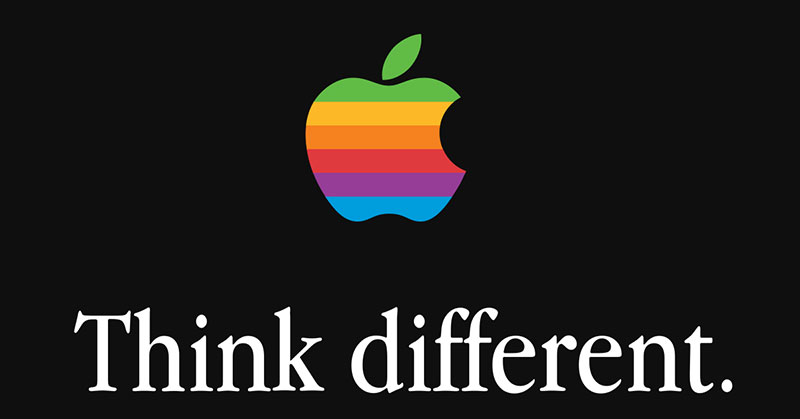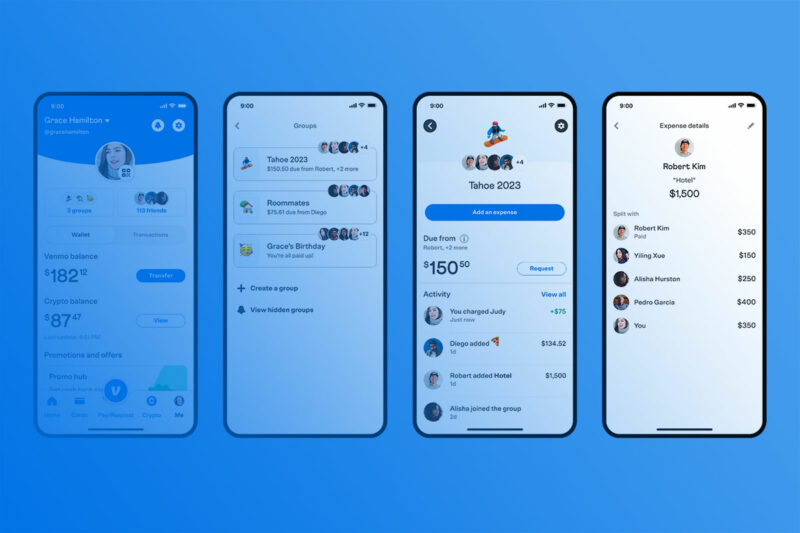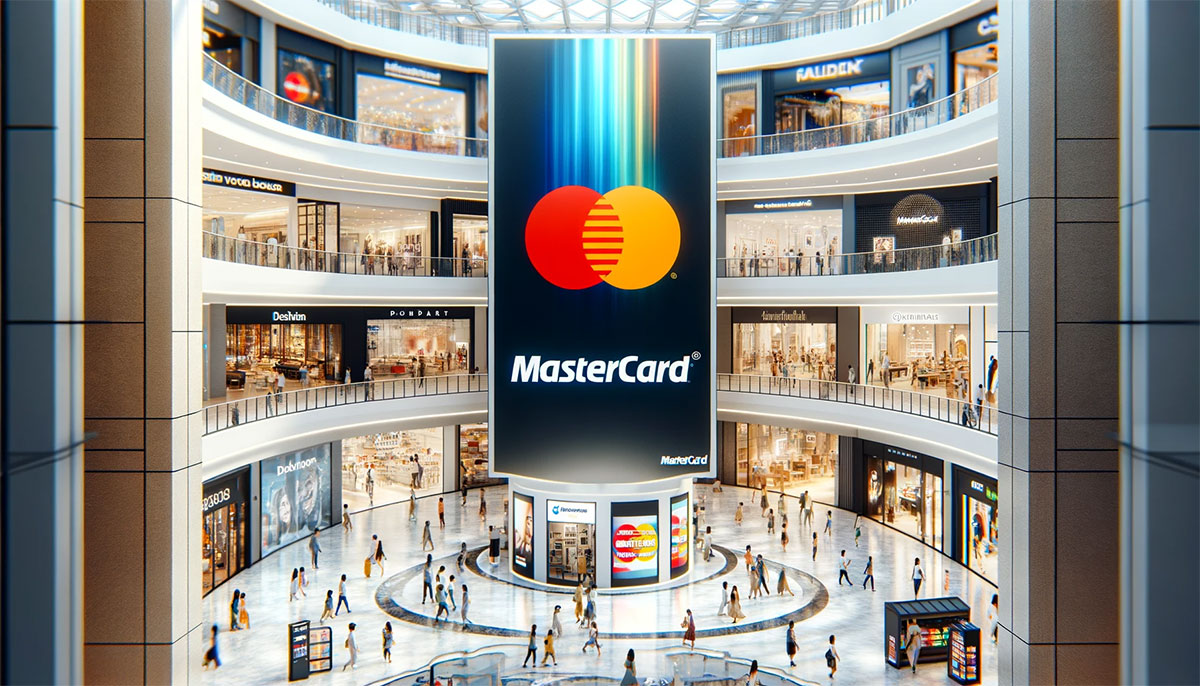Defining Success: What Is Brand Positioning?

Ever wondered why some brands just stick in your mind? Like, you see a logo and instantly know what they’re about. That’s the magic of brand positioning. It’s not just a fancy marketing term; it’s the secret sauce that sets a brand apart in the crowded marketplace.
In this dive into the world of brand positioning, we’re peeling back the layers to reveal how it shapes consumer perception and carves out a unique space for a brand. Think of it as the behind-the-scenes playbook that guides how a brand presents itself, ensuring it resonates with the right people.
By the end of this article, you’ll grasp not just the “what” but the “how” and “why” of positioning a brand.
From understanding your target market to crafting a killer positioning statement, we’ve got it covered. We’ll explore how brand differentiation, market segmentation, and a solid brand strategy play pivotal roles in making a brand memorable.
What Is Brand Positioning?
Brand positioning is the process of establishing a brand in the mind of consumers, differentiating it from competitors by creating a unique, desirable, and consistent image or perception. It involves identifying and communicating the unique value and attributes of a brand to a target audience.
The Process of Brand Positioning
Developing a Brand Positioning Strategy

Ever caught yourself thinking, what is brand positioning and why does it feel like a maze? Let’s break it down. It’s like crafting your brand’s personality so it stands out in a crowd.
Steps to create a brand positioning strategy
It’s like putting together a puzzle. You start by figuring out the edges – that’s your market analysis.
Then, piece by piece, you add in your brand identity, your unique value proposition, and how you want your customers to see you. It’s a mix of art and strategy.
Importance of understanding the target audience
Imagine talking to someone who just gets you. That’s what understanding your audience does.
It’s about knowing their likes, dislikes, and what makes them tick. This insight is gold when positioning your brand.
Researching competitors and defining a unique value proposition (UVP)
Here’s where you play detective. You scope out the competition, see what they’re doing, and then do it differently, or better.
Your UVP is your secret weapon, the thing that makes you, well, you.
Crafting a Brand Positioning Statement
This is where the magic happens. It’s like your brand’s elevator pitch.

Elements of an effective positioning statement – It’s short, snappy, and packs a punch.
It tells who you are, who you’re for, and why you’re different. Think of it as your brand’s mission statement.
Internal vs. public-facing positioning statements – There’s what you tell your team, and then there’s what you tell the world.
The internal one is like your game plan, while the public-facing one is your billboard.
Aligning the positioning statement with brand identity and marketing actions – This is crucial.
Your brand positioning statement should be the North Star for all your marketing efforts. It keeps everything consistent and true to your brand.
Key Aspects of Brand Positioning
Differentiation and Uniqueness

Okay, let’s dive into the heart of what is brand positioning. Imagine you’re at a party.
You want to stand out, right?
That’s exactly what differentiation is about. It’s making your brand the one that pops in a sea of sameness.
The necessity of being unique in the market – It’s like wearing a neon outfit in a room full of black suits.
You want your brand to be that neon – unmissable and unforgettable.
This isn’t just about being different; it’s about being you in a way that resonates with your audience.
Examples of successful brand differentiation – Think Apple or Nike. They’re not just selling tech or sneakers; they’re selling a lifestyle, an experience.
They’ve nailed their unique value proposition, making them stand out.
Relevance to the Target Audience
Now, differentiation is cool and all, but if it doesn’t vibe with your audience, it’s like a tree falling in a forest with no one around.
Ensuring brand features are important to customers – It’s about hitting the sweet spot of what you offer and what your audience craves.
Like, if you’re selling skateboards, you’re not just selling wood on wheels; you’re selling freedom, adventure, and maybe a bit of rebellion.
Tailoring brand messaging to audience needs and preferences – This is where you get into your audience’s head.
You’ve got to speak their language, know their pain points, and show them how your brand makes their life better, cooler, or just more fun.
Consistency and Credibility
Consistency is king, and credibility is its queen. Together, they’re the power couple of what is brand positioning.
Maintaining a consistent brand message over time – It’s like being a reliable friend.
You’re always there, always the same, in the best way possible. Your audience knows what to expect from you, and that builds trust.
Building credibility and trust with the audience – This isn’t something you can fake.
It’s earned by being true to your word, delivering on promises, and just being real. When people trust your brand, they’re not just customers; they’re fans, and fans stick around.
Brand Positioning Strategies
Various Positioning Strategies
Alright, let’s get into the nitty-gritty of what is brand positioning and how to nail it.
Think of your brand as a character in a movie. How do you want the audience to remember it? That’s where positioning strategies come into play.
Customer service, convenience-based, price-based, quality-based, differentiation, and social media strategies – It’s like choosing your character’s superpowers.
Maybe you’re all about top-notch customer service that makes everyone feel like VIPs. Or perhaps you’re the king of convenience, making life easier for your peeps.
Price-based? You’re the budget-friendly hero.
Quality-based? You’re all about the finer things in life.
Differentiation? You’re the one who zigs when everyone else zags.
And social media? You’re the cool kid that everyone wants to hang with.
For those specialising in consultancy, strategic positioning can significantly influence how clients perceive and engage with your brand. Effective consultancy positioning ensures that your firm is seen as a thought leader and solution provider in your industry.
Selecting the right strategy based on the brand’s competitive advantage – This is key. It’s like choosing the right outfit for a party. You’ve got to pick the strategy that fits your brand’s personality and makes you shine.
Examples and Case Studies
Now, let’s talk real-world. It’s story time, but with brands.
Real-world examples of different positioning strategies – Ever heard of Dollar Shave Club?

They stormed the market with a killer combo of price-based and convenience-based strategies.
Or take Patagonia, the eco-warrior of brands, nailing the differentiation strategy by being all about sustainability.
Analysis of successful brand positioning campaigns – These aren’t just success stories; they’re treasure maps.
Analyzing them shows us the paths they took, the risks, the smart moves, and how they made their mark.
Measuring and Improving Brand Positioning
Assessing the Success of Brand Positioning
So, you’ve got your brand positioning down. But, how do you know if it’s hitting the mark? It’s like baking a cake – you need to check if it’s done right.
Metrics and tools for evaluating brand awareness, perception, and loyalty – It’s all about the numbers and feedback.
How many people know your brand? What do they think about it? Are they coming back for more?
Tools like brand surveys, social media analytics, and customer feedback forms are your best friends here. They’re like thermometers for your brand’s health.
Methods for gathering customer feedback and insights – Ever asked someone how you did at a task?
It’s kinda like that.
You’re reaching out to your audience and asking, “Hey, how are we doing?” This can be through surveys, social media polls, or even direct conversations. Real, honest feedback is gold.
Refining Brand Positioning Over Time
The world changes, and so should your brand positioning. It’s like updating your wardrobe – you gotta keep it fresh and relevant.
Importance of continuous improvement and adaptation – Staying the same is like standing still on a moving walkway.
You’ve got to evolve, tweak, and refine your brand positioning to stay in tune with changing times and customer needs.
Strategies for updating and evolving brand positioning – This is where you get creative.
Maybe you need to tweak your messaging, or perhaps it’s time for a brand refresh. It’s about staying true to your core but also being bold enough to change things up when needed.
FAQ On What Is Brand Positioning
Why is Brand Positioning Important?
Think of brand positioning as your brand’s foundation. It’s crucial because it guides your marketing strategy, influences customer perception, and sets you apart in a crowded market.
Good positioning means customers think of you first and feel a connection. It’s the difference between being just another option and being the go-to choice.
How Do You Develop a Brand Positioning Strategy?
Developing a brand positioning strategy is like plotting a road trip. First, understand your destination (your goals). Know your passengers (target audience).
Check out the other cars on the road (competitors). Then, map out the best route (unique value proposition) that highlights your best features and resonates with your audience.
What’s a Brand Positioning Statement?
A brand positioning statement is your brand’s declaration of identity. It’s a concise sentence that captures the essence of your brand, your target audience, and how you want to be perceived.
Think of it as your brand’s elevator pitch – short, impactful, and crystal clear about what makes you special.
How Does Brand Positioning Affect Consumer Behavior?
Brand positioning directly taps into consumer behavior. It’s like a magnet that attracts and resonates with the right people.
When done right, it influences how consumers perceive your brand, affects their purchasing decisions, and can turn them into loyal fans. It’s all about creating a connection that goes beyond just products or services.
Can Brand Positioning Change Over Time?
Absolutely, brand positioning can evolve. It’s not set in stone. As markets change, new competitors emerge, and customer preferences shift, your brand positioning might need a refresh.
It’s like updating your wardrobe – you want to stay relevant and in style, but still true to your core identity.
What’s the Difference Between Brand Positioning and Brand Identity?
Brand positioning is about your market spot – where you stand in the consumer’s mind. Brand identity is the visual and verbal expression of your brand – like your logo, colors, and tone of voice. Positioning is the strategy; identity is the execution. Both need to work hand in hand.
How Do You Measure the Effectiveness of Brand Positioning?
Measuring brand positioning is like checking your pulse. Use tools like brand awareness surveys, customer feedback, and market analysis.
Look at how well your brand is recognized, how customers perceive it, and how it stacks up against competitors. It’s about ensuring your positioning strategy is hitting the mark.
What Role Does Competition Play in Brand Positioning?
Competition is key in brand positioning. It’s like knowing who else is at the party. You need to understand what they offer, how they communicate, and what makes them tick.
This knowledge helps you find your unique angle, stand out, and appeal to customers who are looking for something different.
How Can Small Businesses Develop Effective Brand Positioning?
Small businesses can rock brand positioning by focusing on their unique strengths. It’s about finding your niche and owning it.
Understand your target audience deeply, be clear about what sets you apart, and communicate it consistently. Small businesses have the advantage of being agile and personal, which can be a huge asset in positioning.
Conclusion
Wrapping up, what is brand positioning? It’s like your brand’s secret handshake with the world. It’s not just about being different; it’s about being boldly, unapologetically you. It’s the art of carving out a unique space in your customer’s mind, making sure when they think of a product or service, they think of you.
Remember, brand positioning isn’t a one-time deal. It’s an ongoing dance of understanding your audience, tweaking your strategy, and staying relevant. It’s about blending your unique value proposition with customer needs and preferences, all while keeping an eye on the competition.
So, take these insights, wear them like armor, and go out there. Position your brand in a way that’s true to you and resonates with your audience. Make your mark. Be unforgettable. That’s the essence of brand positioning.
If you liked this article about what is brand positioning, you should check out this article about companies that need rebranding.
There are also similar articles discussing rebranding questions, rebranding failures, why HBO keeps rebranding, and how to make a logo transparent.
And let’s not forget about articles on how to animate a logo, how to trademark a logo, the evolution of logos, and rebranding strategies.
- Bright Color Palettes for Eye-Catching Designs - 18 May 2024
- Venmo’s Visual Voice: What Font Does Venmo Use? - 18 May 2024
- The Hoegaarden Logo History, Colors, Font, And Meaning - 17 May 2024









